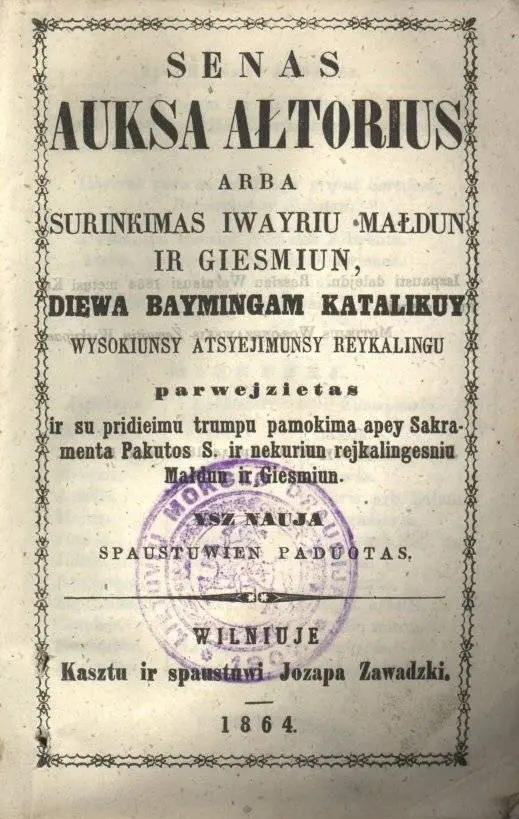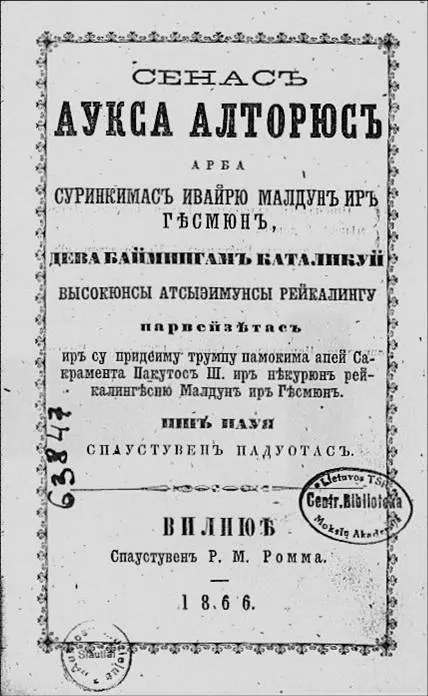Lithuania’s press ban resulted in a massive revolt against the Russian Empire in 1863. It aimed to free the Polish-Lithuanian Commonwealth after it was partitioned by three major powers in the region – the Kingdom of Prussia, the Russian Empire, and the Austrian Empire in 1795. The main reason behind the partition was the inner divisions and corruption among the nobility, which finally led to uncontrolled foreign influence, even among the highest-ranking officials.
Book smuggling and secret schooling
But that is not where the story ends. Contrary to its original intent, the ban sparked a movement that became the first and only illegal book smuggling ring in the world. And it was, indeed, an intricate ring. It encompassed, first of all, printing houses in East Prussia, which for a long time had a strong Lithuanian minority, then the smugglers assisted by their supporters, and finally, secret schools with teachers who were constantly on the move in order not to get caught by the government. With all this secrecy, let’s think about the phenomena from the perspective of the ones who took part in it.




Imagine a dark and gloomy winter day. Heavy rain has been pouring nonstop for hours. Although the path is muddy and obscured, you realize this is your best chance to cross the border because this is precisely when it will be the least guarded. You decide to take a chance.
Along with the weather, your backpack weighs forty kilos, which only complicates the journey. But your eagerness is stronger than awaiting obstacles – you know that twenty kilometers ahead lies a border village where you will find a warm and decent shelter to spend the night. There, the books will be separated and transported in different directions, and after a few days, you will cross the border again.
Thousands of smugglers
That is just a glimpse into the lives of a few thousand men and women who risked their lives to preserve Lithuanian culture against Russian aggression. The exact size of the smuggling ring is still unknown today due to the lack of documentation. But some numbers are clear – the Russian regime caught three thousand smugglers. Thus, you have to multiply this data three or four times to get an idea of how big the movement was, especially coupled with the fact that the number of books smuggled through the border is estimated to be around four million.
But why does it matter today? It all happened more than a century ago, and these circumstances seem distant. Yet despite the factual context, we can draw inspiration from many things in this movement. The first was the belief in the cause – the language was banned, universities were closed, many were killed or deported, and there was no guarantee of how it would all end.
Many people wished to stand up and oppose the aggressor, and it is a fascinating example of ordinary people standing up in the face of oppression to organize, support, and benefit from the smuggler’s ring. However, perhaps even fascinating is that it actually reached its goal. After forty years of secretly smuggling books and teaching in underground schools, the language was once again freely available to everyone.







